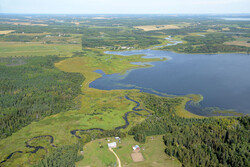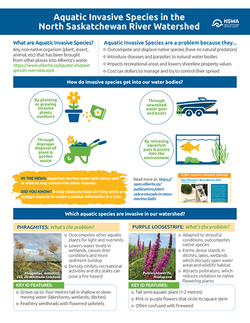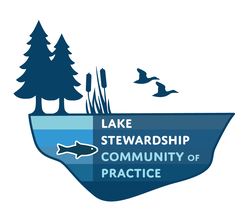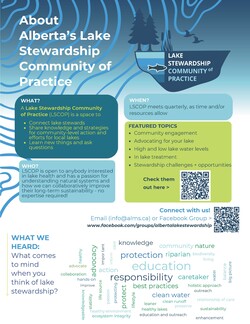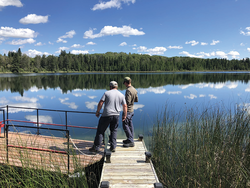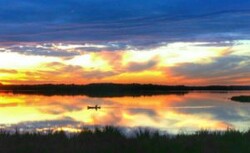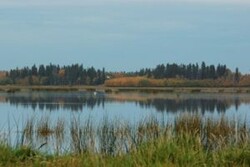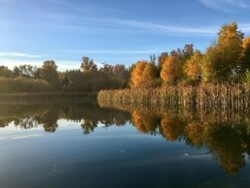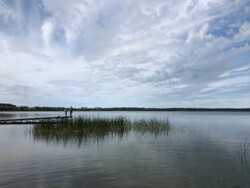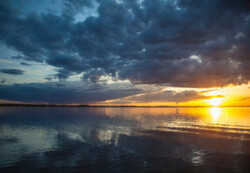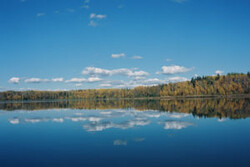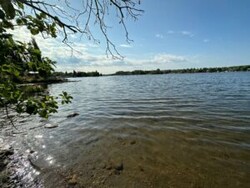Healthy lakes support biodiversity, provide clean water, and offer year-round recreation for nearby communities.
Understanding and conserving these lakes is key to maintaining the health of the entire watershed. On the Lake Stewardship Page, access lake-friendly resources, information about the NSRW's lakes, and learn about the lake stewardship groups working to make a difference.
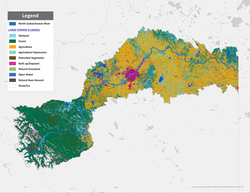
In a province home to over 600 lakes, these freshwater gems make up just 2% of North Saskatchewan River watershed's (NSRW) landscape.
Lakes in the NSRW are remnants of past glaciation, and are naturally shallow, with soft, vegetative shores. This makes them naturally nutrient-rich and susceptible to algal blooms. Lake trophic level, or biological productivity ranges throughout the watershed, and can be influenced by human activity.
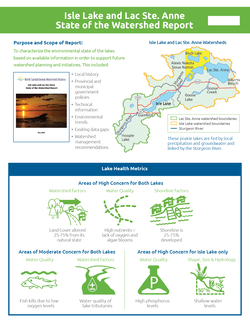
Search Lake Resources
For general lake reports, studies, presentations.
External Lake Resources
(contacts, links, funding) related to:
- water quality
- lake care
- blue-green algae
- invasive species
- riparian health & shoreline regulations
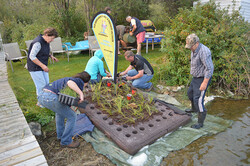
This project showcases how to naturally restore the green belts along rivers, creeks, and wetlands, called riparian areas. These vegetated areas do a lot of heavy lifting for water quality, wildlife and ecosystem health.
This project also supports lake stewards and regional groups by looking at where they may have gaps in their communications materials. The project supports lake monitoring and the Lake Stewardship Community of Practice that is spearheaded by the Alberta Lake Management Society.
This project is generously supported by Pembina Pipeline.
Learn more about the project Regional Lake Stewardship Project.
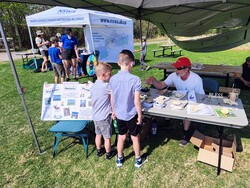
WATERSHED STEWARDSHIP GROUPS
Lake stewardship groups are the superheroes and guardians of our water sources. They're made up of people from all walks of life, coming together to protect our local lakes. From individuals to big companies, rural to urban, these volunteers work together to set goals so our lakes stay healthy and vibrant for years to come.

